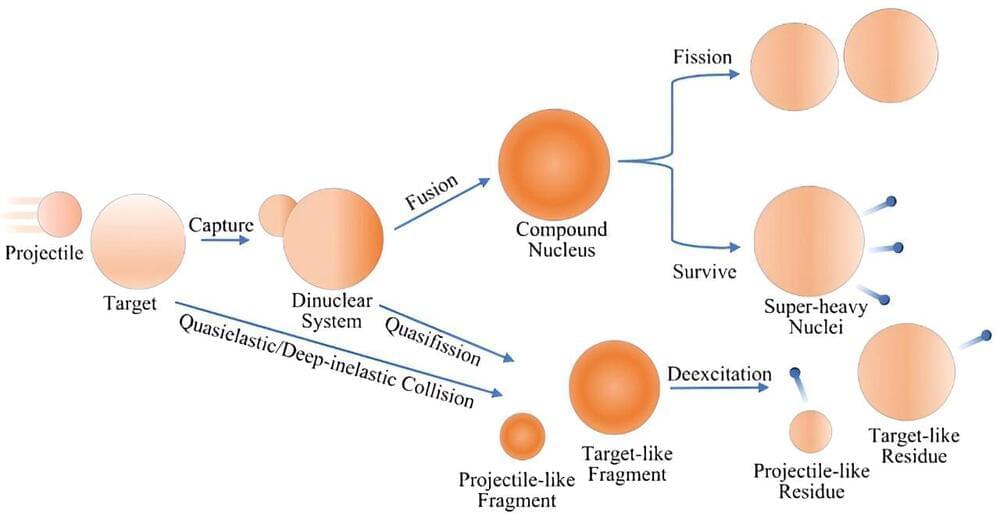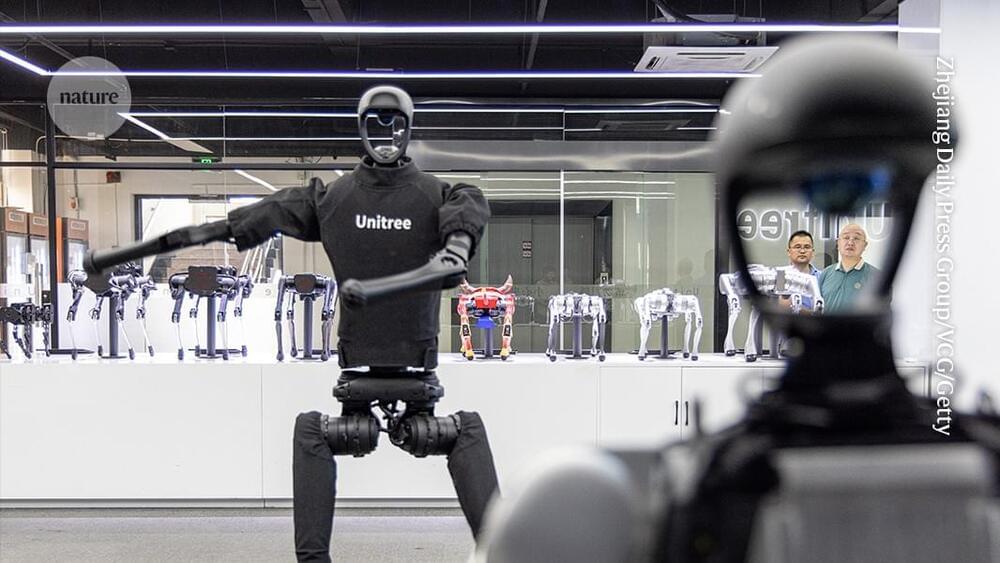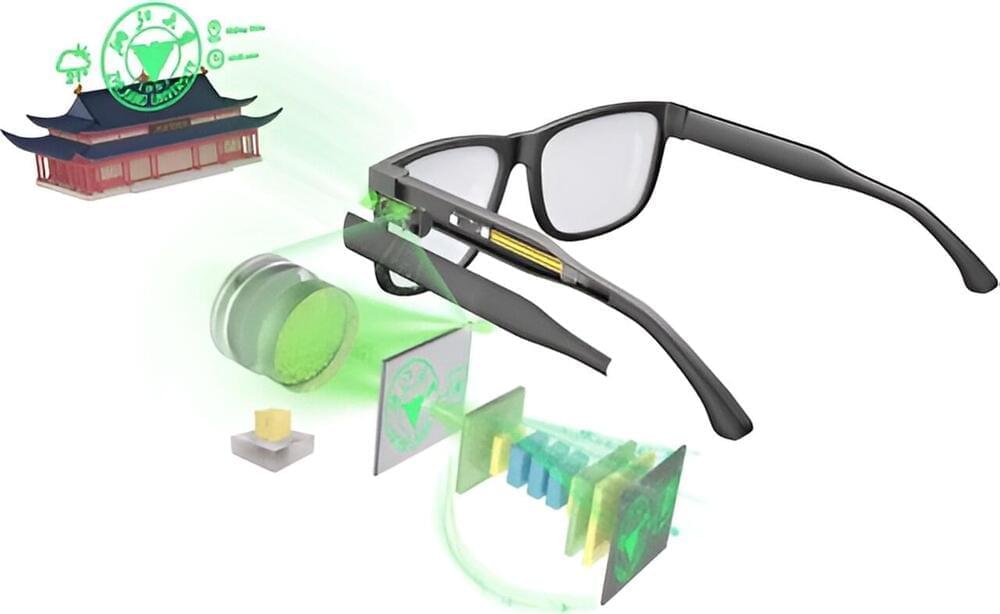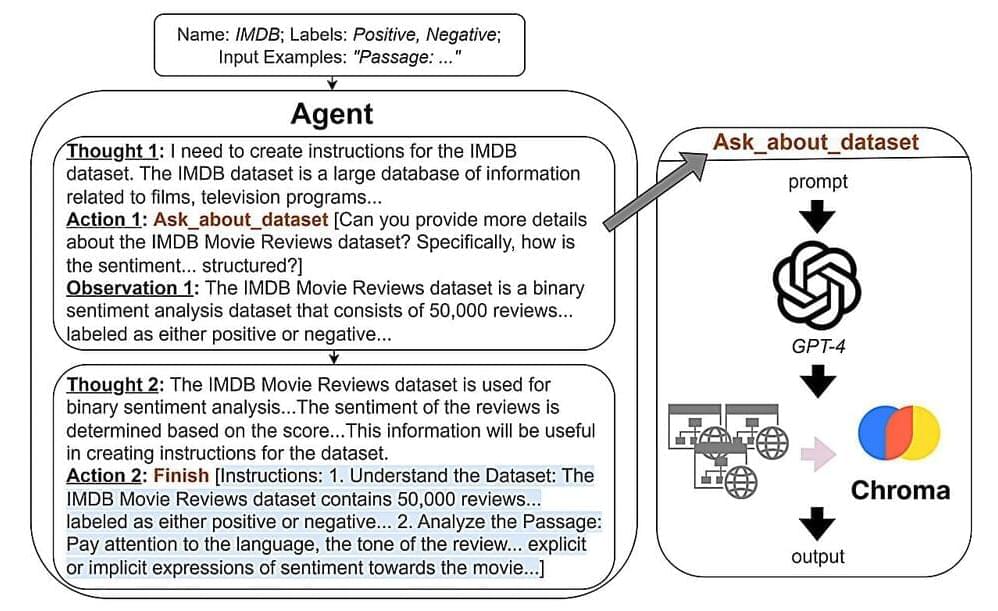Oct 3, 2024
Tracking neurons across days with high-density probes
Posted by Cecile G. Tamura in categories: information science, neuroscience
Imagine trying to understand the brain’s activity over time—an incredibly complex and dynamic process that happens at different speeds.
To solve this problem, we developed a pipeline called UnitMatch, which operates after spike sorting. Before applying UnitMatch, the user spike sorts each recording independently using their preferred algorithm. UnitMatch then deploys a naive Bayes classifier on the units’ average waveform in each recording and tracks units across recordings, assigning a probability to each match.
Continue reading “Tracking neurons across days with high-density probes” »

















